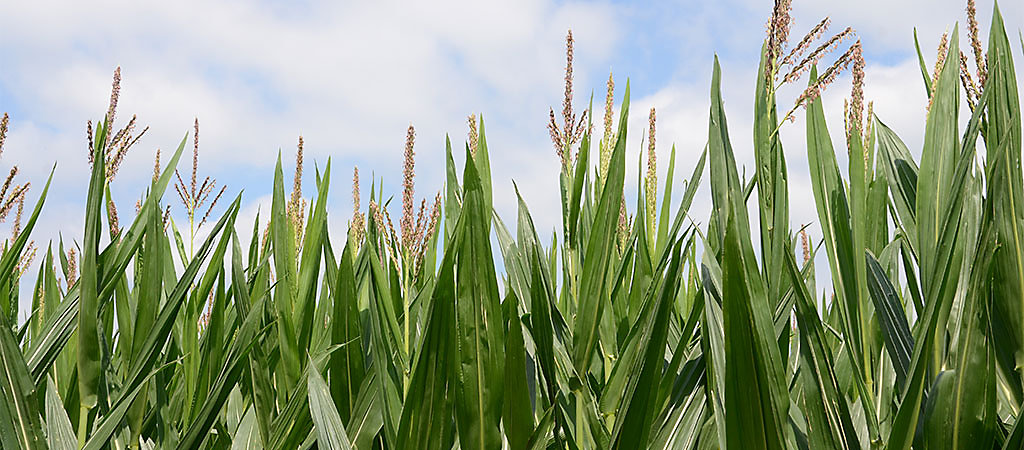Functions of Water in Corn Growth

Field Facts
Written by Stephen Strachan, Ph.D., Former Research Scientist
Field Facts
Written by Stephen Strachan, Ph.D., Former Research Scientist
The foregoing is provided for informational use only. Please contact your Pioneer sales professional for information and suggestions specific to your operation. Product performance is variable and depends on many factors such as moisture and heat stress, soil type, management practices and environmental stress as well as disease and pest pressures. Individual results may vary. Pioneer® brand products are provided subject to the terms and conditions of purchase which are part of the labeling and purchase documents.
The best genetics, top trait packages and extensive local field knowledge combine to deliver new products with proven performance consistency across years and environments. Use Pioneer® brand corn products to maximize yield potential on every acre.
Find Local Products